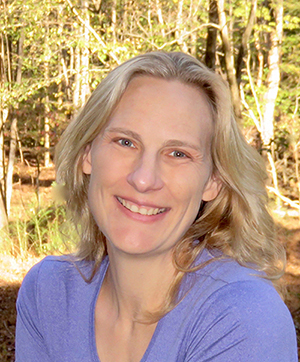
The following blog was sponsored by the Rolf Institute.
Congratulations on the 50th anniversary of the Dr. Ida Rolf Institute®. What do you think Dr. Rolf would say about how far the school has come and what it represents today? As the creator of Rolfing Structural Integration (SI) and the founder of the Dr. Ida Rolf Institute (DIRI), I suspect Dr. Rolf would be pleased to see DIRI is still teaching her essential concepts today, while continuing to advance her inspiration with the latest science. As the birthplace of SI, DIRI continues to lead the way in tertiary education for this form of bodywork.
Rather than chasing symptoms, Rolf asserted that we’d make the most impact with clients by working holistically, integrating patterns across the whole person. In a world where most health care treats people as parts—a sore back or a “bad” shoulder—DIRI teaches practitioners to see relationships.
How does becoming Rolf Movement® Certified benefit one’s practice? Although Rolfing bodywork is famous for addressing posture and structure, people are often surprised that Rolfers are equally concerned with function. Rolf summed it up: “Function determines structure as much as structure determines function.” The Rolf Movement (RM) Certification is an opportunity for qualified somatic practitioners to study with RM Faculty to expand their ability to introduce new options for freer, more enjoyable movement.
Manual interventions are more productive and last longer when movement is included. The certification is also a nice adjunct for practitioners of yoga, Pilates, fitness training, and even somatic counseling.
How does RM Certification differ from Rolfing Structural Integration training? Function and structure are interrelated. Like body and mind, we are always working with both aspects simultaneously, but at times it can be illuminating to focus on one or the other.
The RM Certification is a distinct and complementary program for practitioners who want to take a deep dive into shifting functional patterns. The Rolfing SI training, on the other hand, teaches skills needed to change structural patterns and perform the Rolfing Ten Series. Rolfing SI practitioners learn basic movement concepts; the RM Certification is a specialized movement training.
What course options do you offer for therapists seeking to become Rolf Movement Certified? The RM Certification requires a total of 30 days of study and provides a variety of five-day workshops to meet the needs of participants with busy lives. Many classes are provided in Boulder, Colorado, with regional trainings also available. Practitioners customize the program to suit their needs.
What do you see as the biggest issues or challenges facing massage therapy and bodywork education today? Neurological, anatomical, and somatic sciences are pushing all bodyworkers to develop a holistic understanding of the structure and function of the individual. Movement more than ever is at the center of this exciting trend. Advances in fascia anatomy, the mechanisms behind tissue change, and the critical role that orientation and perception play in our ability to balance, move, and self-regulate—it’s just the tip of the iceberg.
It’s a very exciting time to be a manual therapist. Never one to be content with the status quo, Rolf would tell us to keep our foot on the gas. There’s a lot more to come.

Bethany Ward, Rolf Movement Faculty Co-Chair.